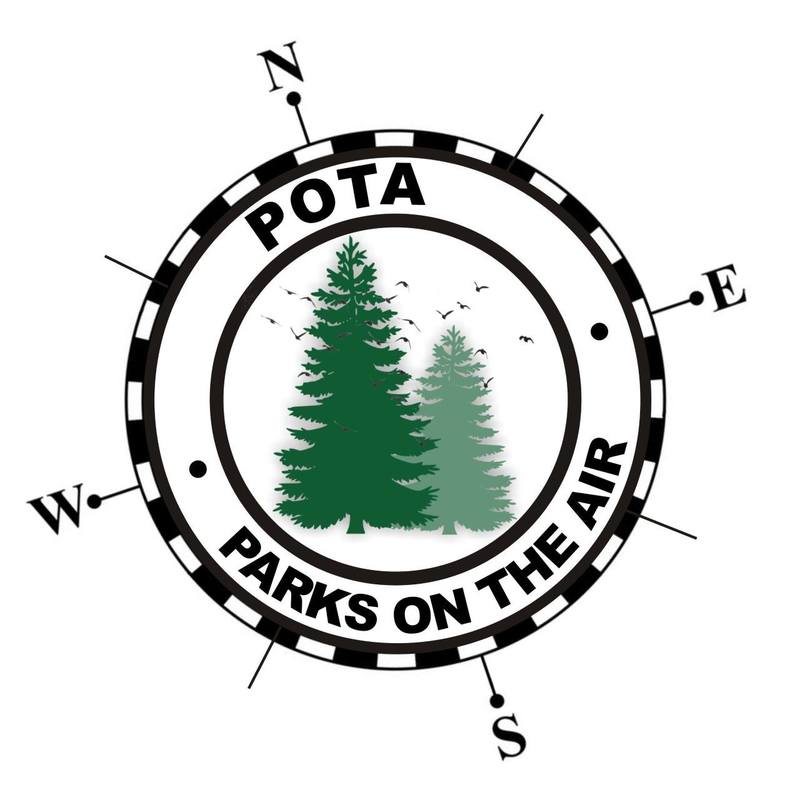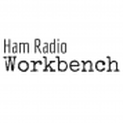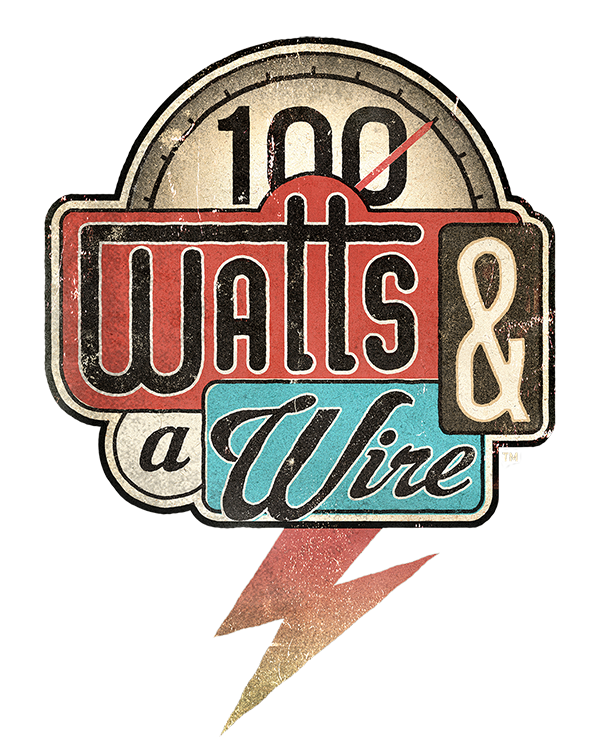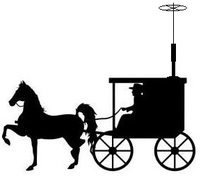|
I make an ugly choke out of a few turns of the end of the coax, and connect the other end to my LDG tuner, and call it a day. Not nearly as effective as radials and proper matching would be, but it gets me on the air temporarily.
So, all of this was to bring you here: Gutter's can make pretty darn good antenna's! |
|
- 160m is all right around 3:1
- 80m varies from 2.5:1 to 3.5:1
- 40m is the worst ranging from 4:1 to 5.3:1 (go figure!)
- 30m is all just under 4:1
- 20m is all between 2:1 and 2.5:1
- 17m is about 2:1
- 15m is all between 1.8:1 and 1.81:1
- 12m is between 2.8:1 and 3:1
- 10m is between 2.7:1 and 3.3:1
- 6m is between 1.6:1 and 3.3:1
- 3.780MHz
- 28.080MHz
- 51.840MHz
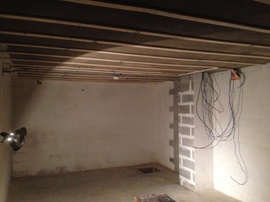
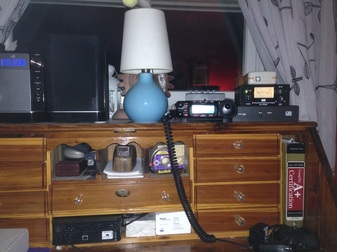
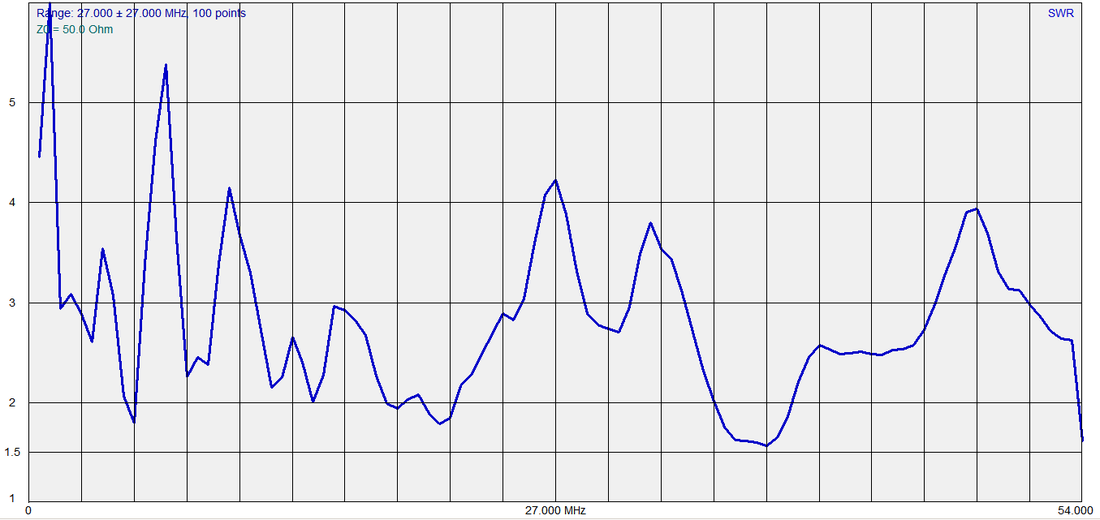
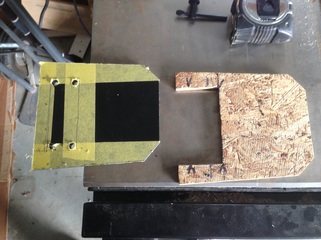
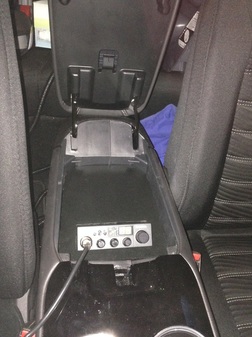
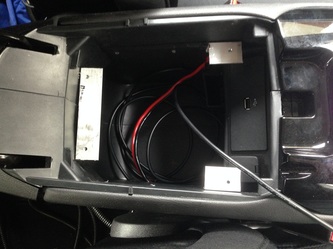
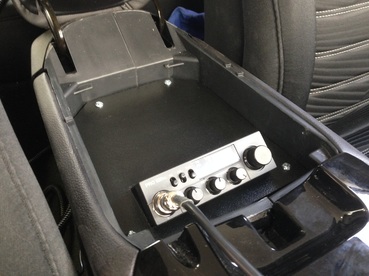

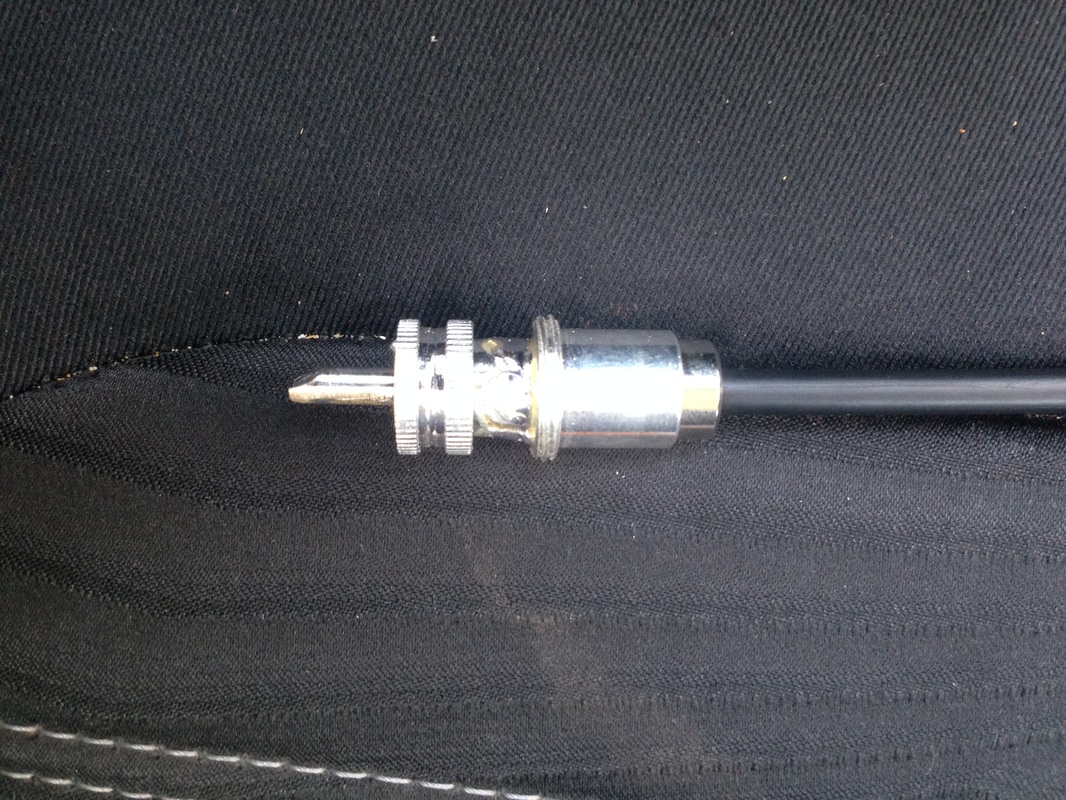
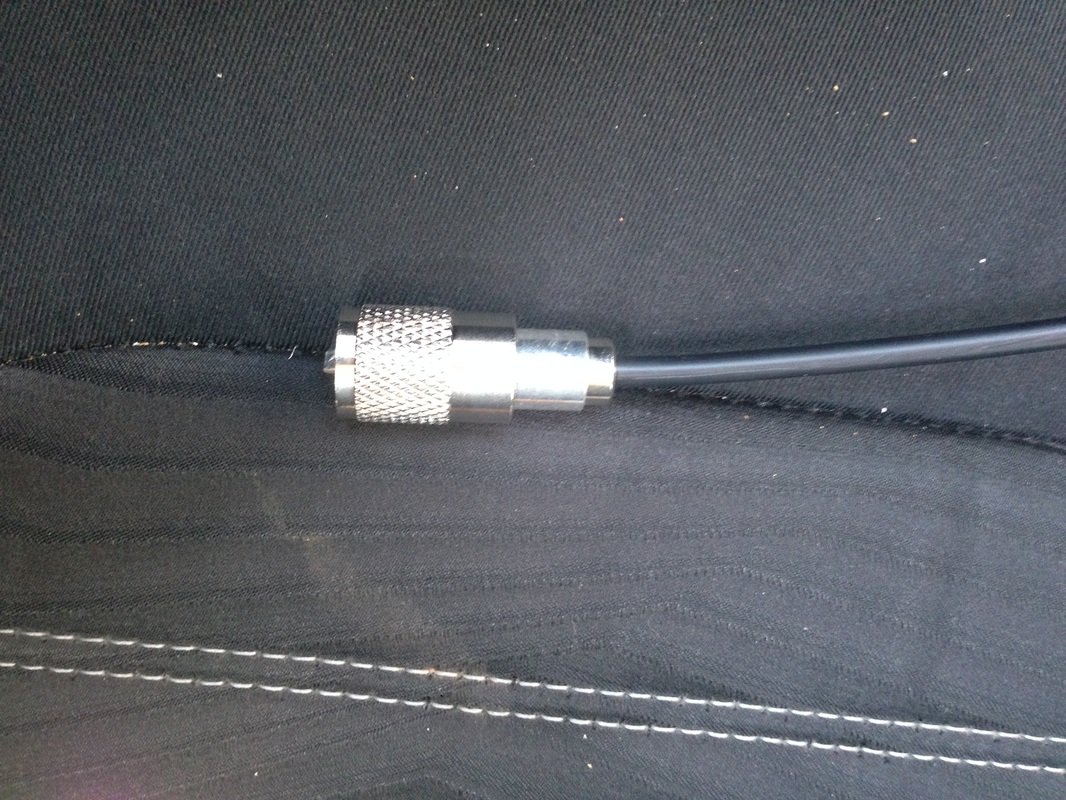
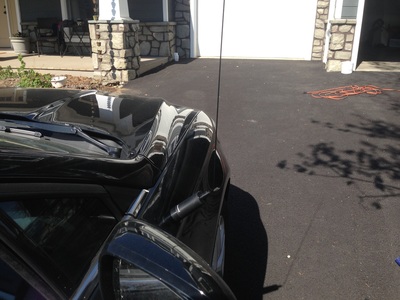
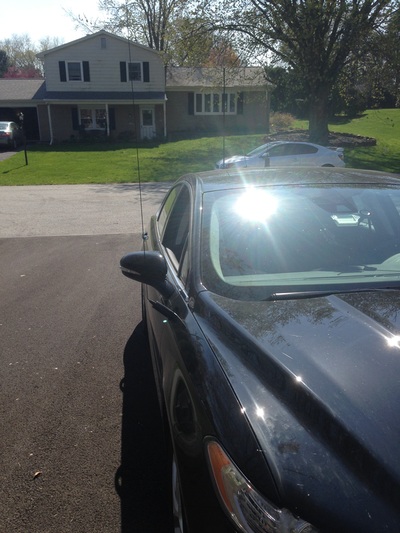
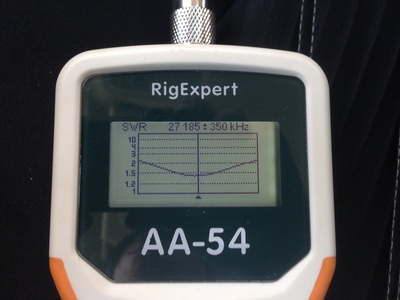

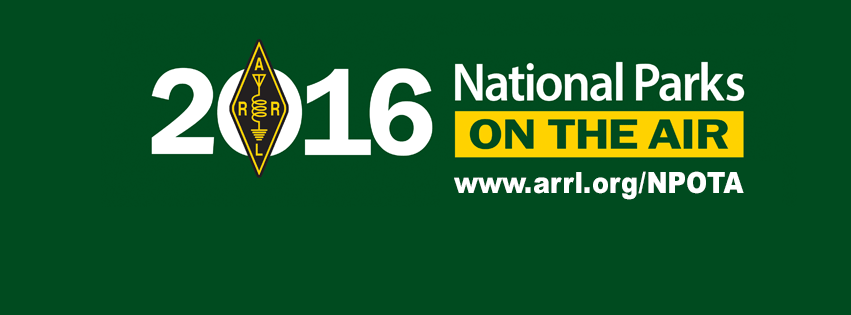
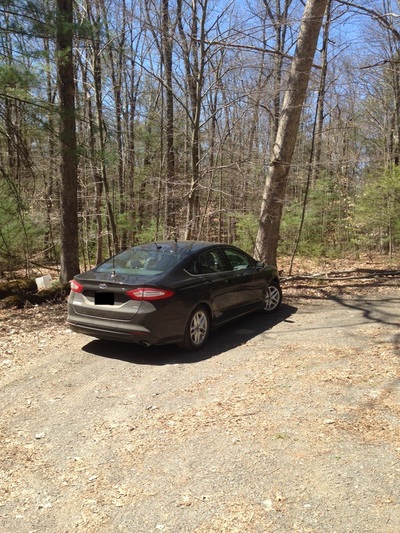

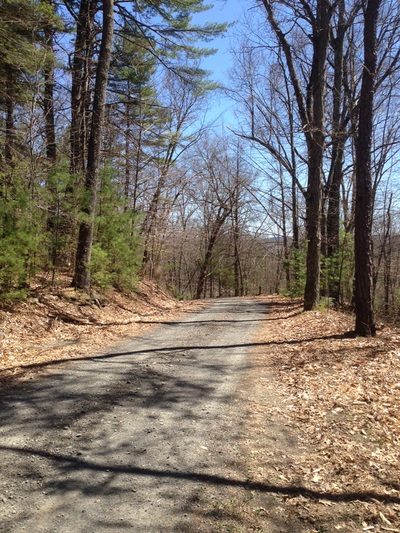
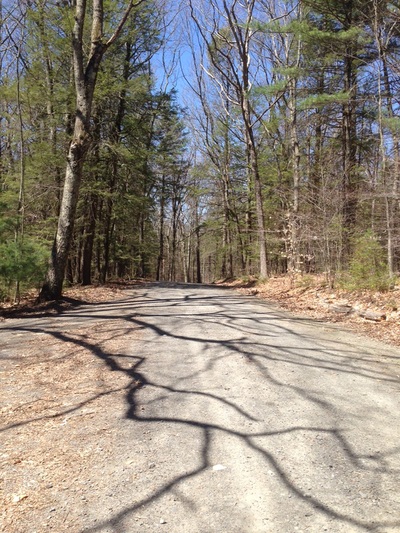
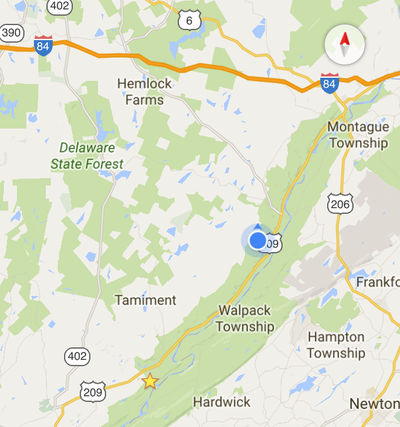
 RSS Feed
RSS Feed
